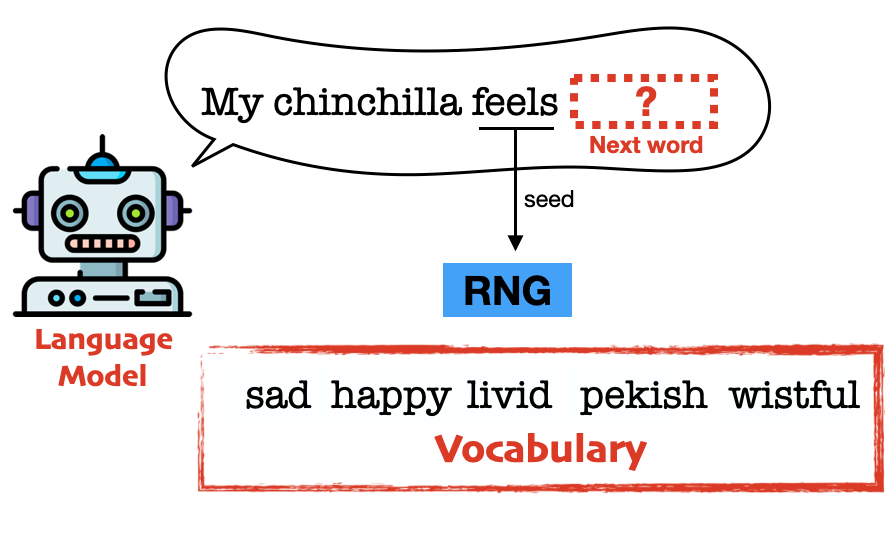It is widely thought that neural networks generalize because of implicit regularization of gradient descent. Today at #ICLR2023 we show new evidence to the contrary. We train with gradient-free optimizers and observe generalization competitive with SGD.
openreview.net/forum?id=QC10R…
openreview.net/forum?id=QC10R…
An alternative theory of generalization is the "volume hypothesis": Good minima are flat, and occupy more volume than bad minima. For this reason, optimizers are more likely to land in the large/wide basins around good minima, and less likely to land in small/sharp bad minima. 

One of the optimizers we test is a “guess and check” (GAC) optimizer that samples parameters uniformly from a hypercube and checks whether the loss is low. If so, optimization terminates. If not, it throws away the parameters and samples again until it finds a low loss.
The GAC optimizer is more likely to land in a big basin than in a small basin. In fact, the probability of landing in a region is *exactly* proportional to its volume. The success of GAC shows that volume alone can explain generalization without appealing to optimizer dynamics.
One weakness of our experiment is that these zeroth-order optimizers only work with small datasets. Still, I hope it can further the notion that loss landscape geometry plays a role in generalization.
Come see our poster (#87) Tuesday at 11:30am, or our talk (track 4, 10:50am).
Come see our poster (#87) Tuesday at 11:30am, or our talk (track 4, 10:50am).
PS: Other evidence that SGD regularization is not needed includes the observation that generalization happens with non-stochastic gradient descent (openreview.net/forum?id=ZBESe…), and that bad minima have very small volumes (arxiv.org/abs/1906.03291).
Thanks to @PingyehChiang, @NiRenkun, David Miller, @arpitbansal297, @jonasgeiping, and @micahgoldblum.
• • •
Missing some Tweet in this thread? You can try to
force a refresh

 Read on Twitter
Read on Twitter












